Soulstice is the latest hack and slash, adventure-action AA game that was released on the 20th of September, developed by Reply Game Studios and published by Modus Games. The game stars two sisters, Briar and Lute, who have been reborn as Chimera, a hybrid warriors who are deployed to take down otherworldly monsters. Having recently gained superhuman power and mystical abilities, they learn to harness their untouched potential together to stop the rampaging within the once-holy city of Ilden.
With the always looming threat overtaking all living creatures to put them in their own control, Briar and Lute must reclaim this city in ruins. With countless amounts of enemy hordes along the way in the dreaded path of reaching the Tear in Sky, the cause for all of the ensuing chaos, the sisters will face numerous challenges involving having to confront nightmarish bosses, their own mysterious origins and the intentions of the secretive organization that they work for.
Soulstice Review Biggest Takeaways
- Heavily inspired by existing properties for its storyline and design that consist of the manga/anime Berserk and Claymore and the video games Bayonetta and Devil May Cry series. Where it sets itself apart is by combining exploration with hack and slash battles.
- Its plot is predictable if you are already familiar with its inspirations that are borrowed heavily for its storyline and plot-threads. If you are not familiar with Claymore however, it offers a more than satisfying tale of accepting and growing into one’s own potential.
- In any case, its gameplay and exploration combination is its best-selling point that requires controlling both sisters at the same time. It effectively puts emphasis on their relationship as its key attribute and gives the game its own identity.
- Upgrading the sisters’ skills have a natural slow burner progression that compliments its story beats as Briar and Lute tap into their potential throughout its five acts.
- The game takes 15-20 hours to complete an initial playthrough. Its replay value is replaying chapters and acts to obtain the highest score possible of the Diamond ranking and unlock its many achievements that reward perfect runs and full exploration.
Final score: 9/10
Sisterly love is the crux of its storyline and gameplay mechanics
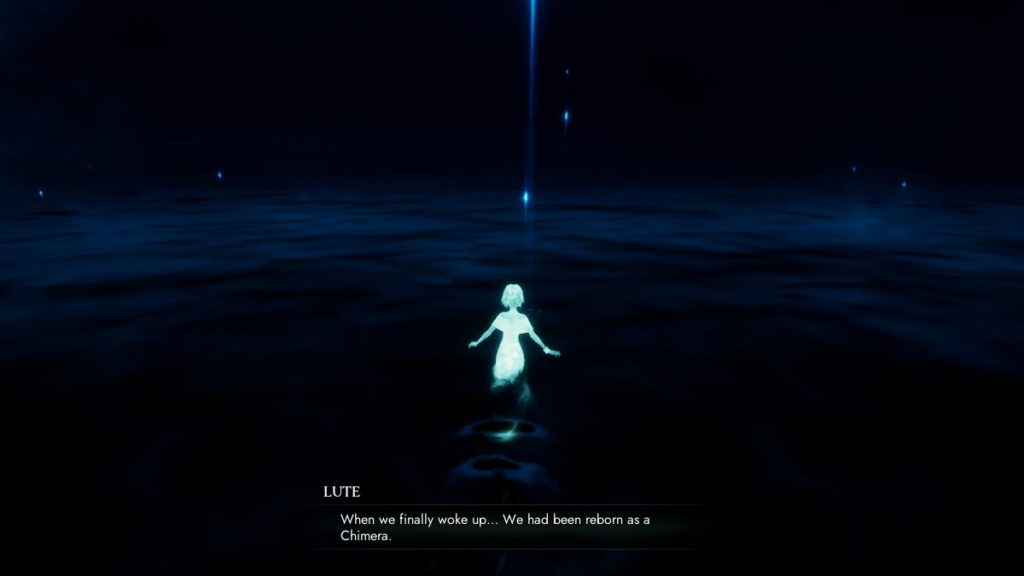
The bond between Briar and Lute is at the heart of Soulstice. They push along the narrative with each and every decision and action that they take as a unit, and it’s wonderfully compelling since their relationship takes up the majority of its screen time. Briar and Lute will frequently quip at each other during exploration and combat/boss fights, either to break the fourth wall and aid the player by discussing key details with one another to take note of or when Briar is sarcastic and dry to balance out Lute’s protective and vocal remarks.
Alongside this is a highly satisfying progression in its narrative and mechanics as the sisters become increasingly stronger as they tap into and are able to develop and master their abilities as a newly born Chimera.
This is well placed within its story beats around its 25 chapters because these key character-building moments can be found in its memory segments, small intervals found at the start or end portions of each arc. These involve taking full control of Lute and finding Echo Shards, a fancy term for memory traces by using her Evocation Field to find and put all the pieces of its events together to paint an overall picture of the past.
These scenes are just as atmospheric as the combat/exploration-focused base chapters where players control both sisters at the same time. The intention here is to trigger Unity to enter a powered-up state of Rapture to unleash the heaviest blows you can execute as a Chimera. Successfully parrying, dodging and countering enemies with Lute whilst landing successive attacks will increase the bar, whilst taking any damage or incorrectly using Lute’s defensive abilities at the wrong time will decrease it.
Spectacular in every sense of the word
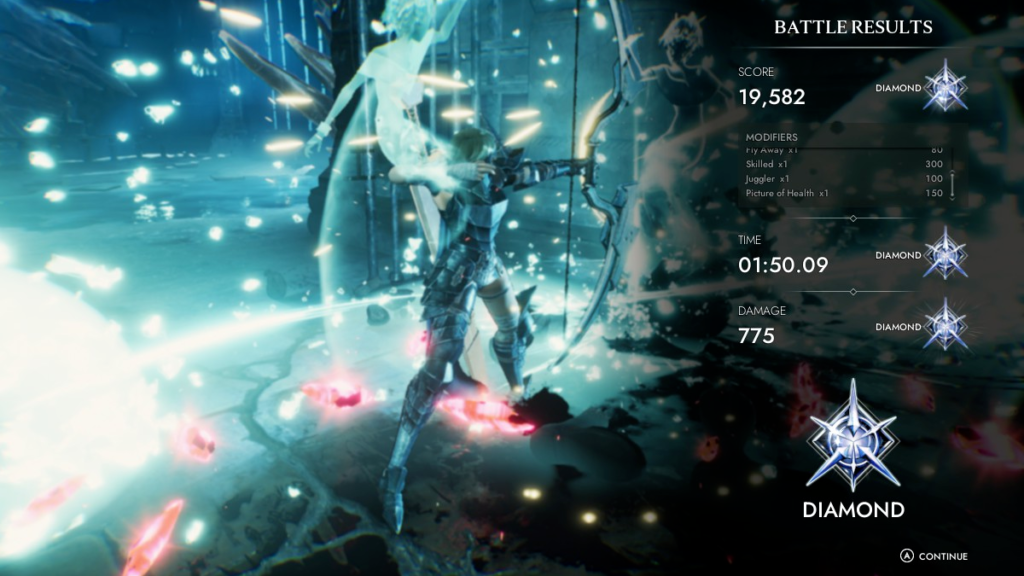
The emphasis on stringing combos and dealing with finishing moves is the all-important element throughout each and every fight since players will want to obtain the best score possible in each battle, chapter, and arc. The ranking scores is as follows from lowest to highest – Iron, Bronze, Silver, Gold, Platinum, and Diamond. Battle and chapter scores consider time cleared, damage dealt and the addition or subtraction of bonus points by achieving modifier conditions to determine the rank given.
Outside of combat, players want to smash everything that they can in the environment, from inactive enemies to all damageable objects and every single floating red and blue crystal shard. These reward players with invaluable “income” and upgrade points of the game – Crimson Tear Residue and Cobalt Tear Residue. These can then be spent in Layton’s shop during certain encounters across chapters and via the chapter selection screen to boost the sisters’ stats before advancing.
Since there is a vast difference in their skill tree layout, collecting and spending the points never gets old. From buffing up Briar’s weapons for increased proficiency and more abilities to spending little but often on Lute’s skill tree due to the sheer amount of ability increases her in Offense, Defence, Fields and Rapture state there will always be time spent within every single chapter in dishing out all the points.
This makes for an always engaging and rewarding experience when every encounter and exploration rewards you as often as it does and in gradually increasing the sisters’ capabilities. Finally, the unlocking of Briar’s six weapons across the game is also nicely paced to balance out experiencing more strategies in taking out opponents who get progressively more complex to beat with a wider number of them appearing in each and every encounter.
A challenging experience – sometimes intentionally and occasionally unintentionally
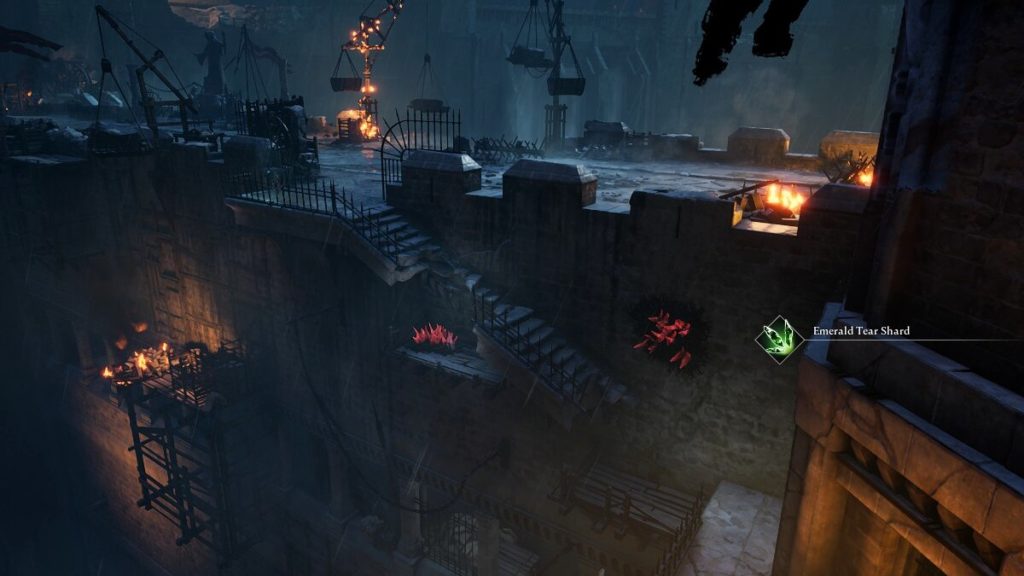
There’s a substantial amount of challenge in the game. Battles require keeping a careful eye on Lute’s field usage since her Entropy level can send her over the edge and into an overcharged state. This means that you will be unable to use any of her abilities, such as Fields and counters during combat. It even affects exploration due to platforming segments that require her Evocation field to be on to advance in the chapter, so being too careless in unmanaging it will increase the time spent on the chapter if you are not paying attention.
There is also a small number of puzzles littered about in the game, although these are the least impressive aspects to the game for how basic and unimaginative they are. These are all mostly time-based, such as taking down regenerating crystal overgrowths that need to be destroyed in a certain order to successfully progress. These will usually be hidden away with more enemy encounters and other crystal overgrowths to destroy first, challenging just how well you can manage Lute’s Entropy level.
But Soulstice offers much more in its difficulty department and not just when determining which difficulty setting to go in the game with. Soulstice has Human (Easy) Initiate (Moderate) and Knight (Hard) as its initial modes available on a first-time playthrough. Chimera and Transcended unlock upon clearing the game once. For first timers, the challenges along the way are learning how to counter the enemy with the correct weapon drawn but continue to spice up your gameplay in order to achieve the best scoring possible in utilising all unlocked weapons in a single fight.
Later in the story Berserk Mode is unlocked, offering yet another way to tackles its battles. This does not trigger automatically however, and instead only does so if and when Briar’s health is low. Triggering it instead of the Rapture State will put Briar into an uncontrollable rampage and keeping her on the right track by steering her in the right direction of enemies before button mashing her using Lute’s input as prompted will bring her back to safety. If you are unable to it leads immediately to a game over.
I only have a handful of minor complaints with my playthrough and completion of Soulstice. Its dialogue has a tendency to loop if you are exploring for just a bit too long, but this is more than understandable since you should be clearing stages sufficiently and in a timely manner with little to no lingering.
Its level designs are its weakest point since structures and landscape designs appear frequently and samey. It can get well and truly confusing when having to backtrack in certain chapters, disorientating the player on where they had originally come from and which direction they should be going. Everything tends to look a bit too similar, especially when getting to the midpoint of the game when areas and locations seemingly repeat despite being in a brand-new location.
The camera also tends to be quite unbearable at times. Since the camera tends to be locked into place and fixed, it can be extremely difficult in locking onto certain enemies, especially flying types. This is bothersome since all chapters are timed, so being unable to smoothly take down enemies because the lock-on simply decides it cannot pan up when you only have a few seconds to take down a Wraith possessing an enemy is not the player’s fault.
It has also been mentioned that the game runs poorly for some players. I personally had no issue but do take the time in either playing its demo first to test how it runs on your PC or laptop and take note of its suggested system requirements.
Worth all the deaths, horrors and reruns
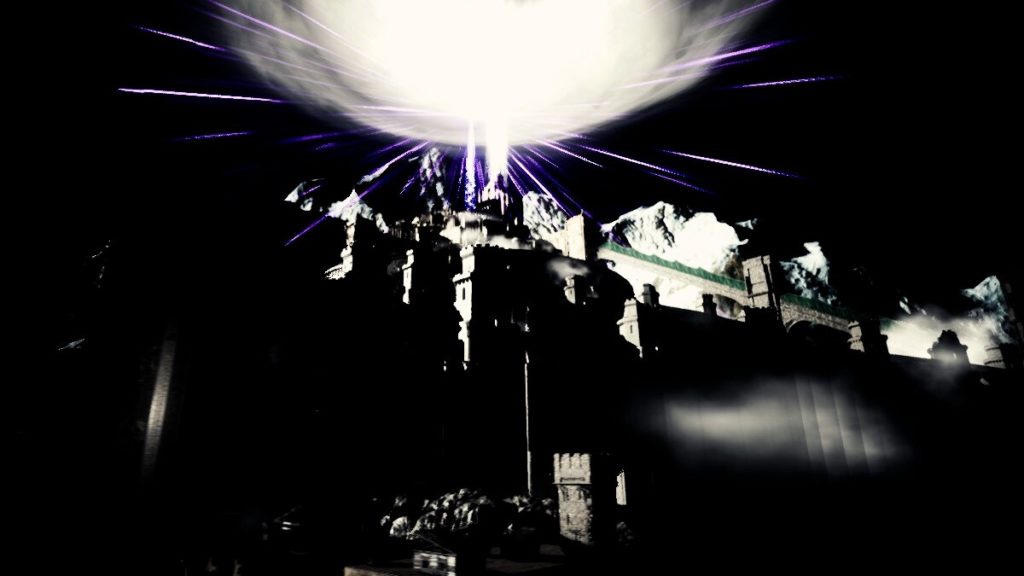
Since the game takes up to 20 hours for one complete playthrough on an initial run, its replay value is in finding all collectibles, every single challenge void location, beating them and reaping the rewards from them, and getting as high of a chapter rating as possible. One achievement specifically requires getting Diamond, the highest rating in the game possible in all of its chapters, so revisiting the game will be a requirement to fully complete it.
Boss fights are grand in scale and design each and every time and especially for character exclusive ones. The Nemesis fight is a highlight here for how involved the procedure is in taking her down. There’s a lot more to this encounter compared to all the other fights within the game. This is all topped off with its best confrontation with its final monstrosity after an effective build-up to that particular characters’ backstory.
Before wrapping up, Soulstice hits on its eerie atmosphere perfectly as a dark fantasy horror. Its soundtrack deviates from the expected orchestral sound it would settle on and it instead utilises electronic genres, especially for its boss fights. Its villains are grotesque and brilliantly illustrated to truly captivate how monstrous its world and the consequences of it can be.
Speaking of imaginative, Soulstice even manages to not just offer fantastic hack and slash mechanics and satisfying exploration to break up all its combat as its own exclusive deal despite all the clear borrowing and adapting of existing properties, but it even includes platforming and side-scrolling to further spice up its genre formula.
Reply Game Studios has created an AA hack and slash, beat ’em up game that barely feels indie. It’s rough around the edges in some areas, but Soulstice shines for its always engaging and adapting combat, excellent main characters, layered and intriguing storyline and a gorgeously macabre world to explore.
Soulstice is available on the PS5 and Xbox Series X/S and Microsoft Windows. For more Soulstice, check out our guide pieces on Gamer Journalist.


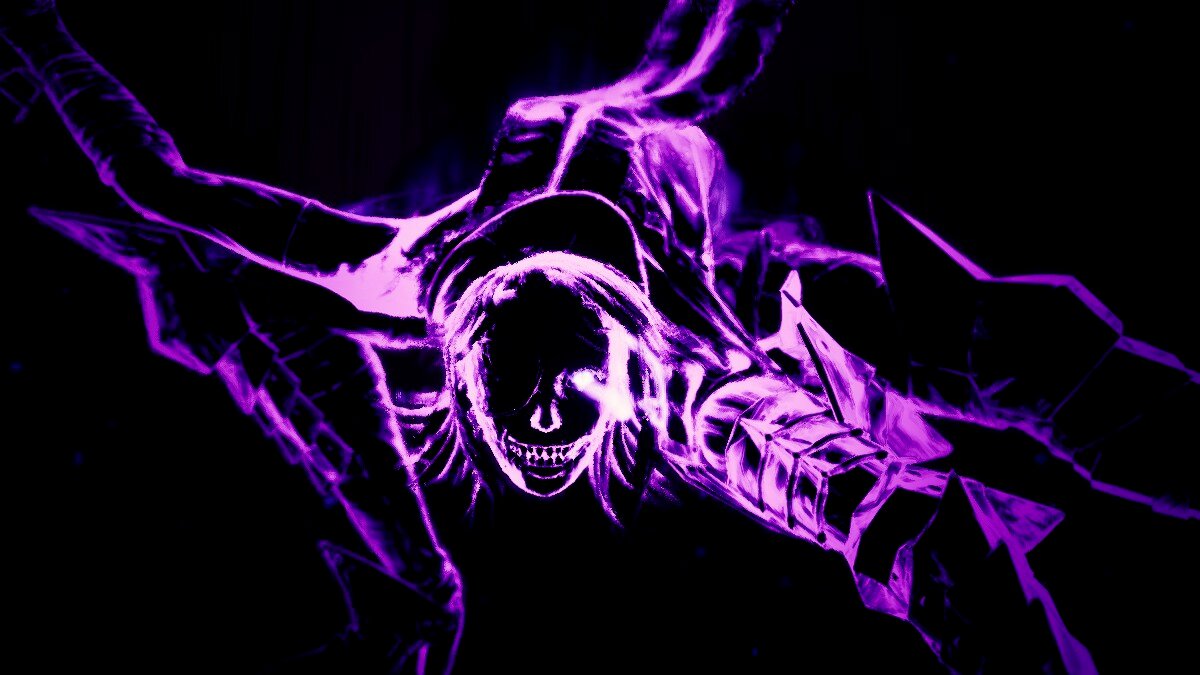
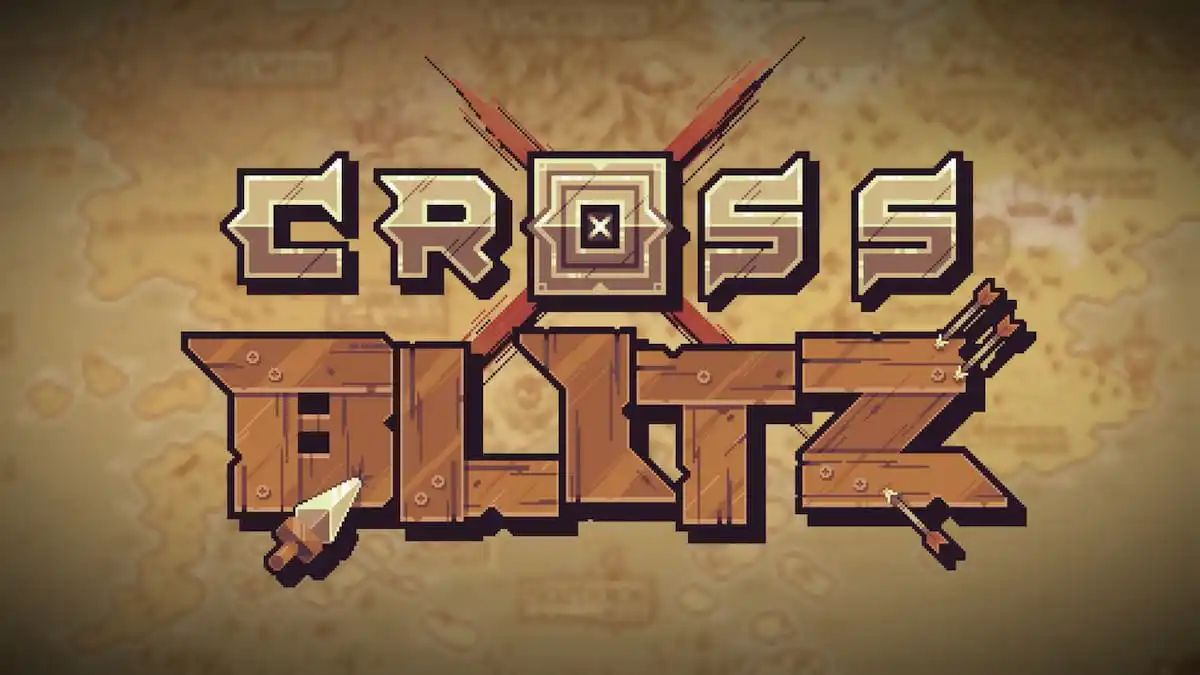
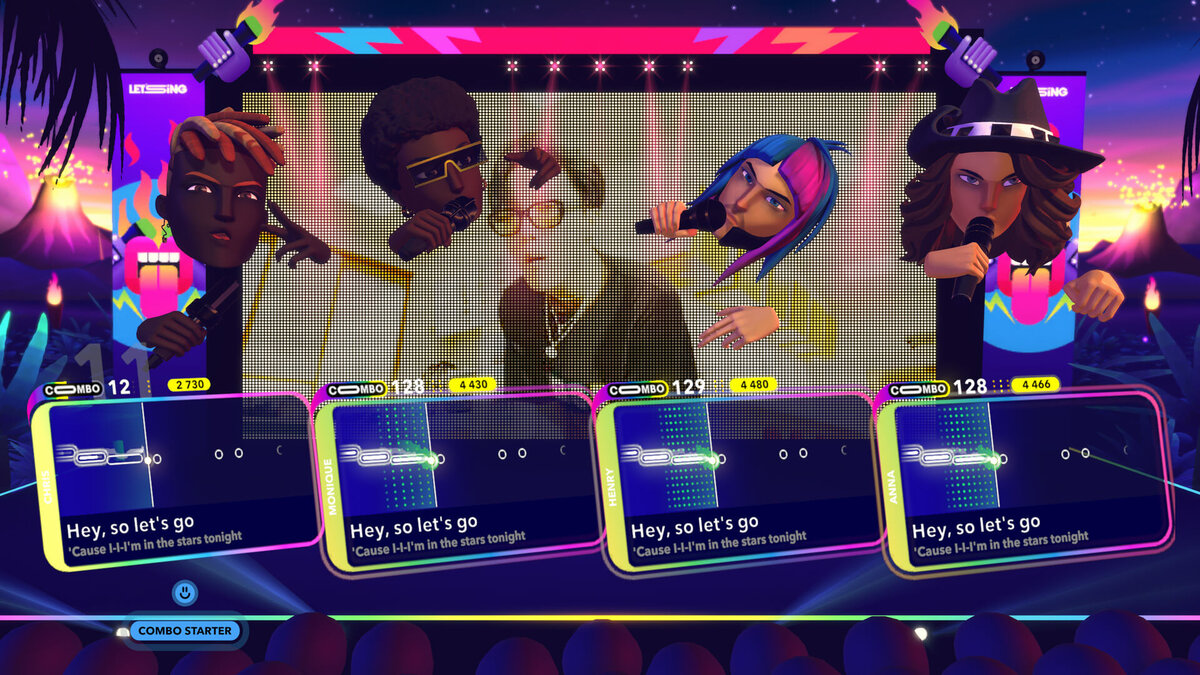
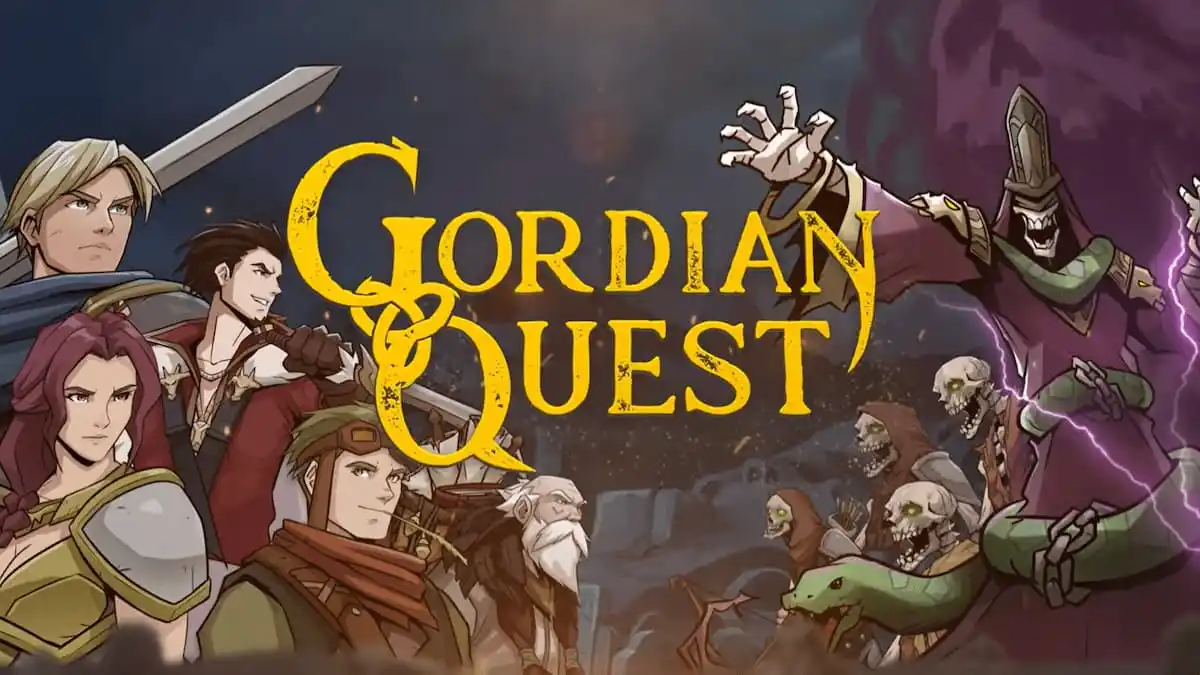



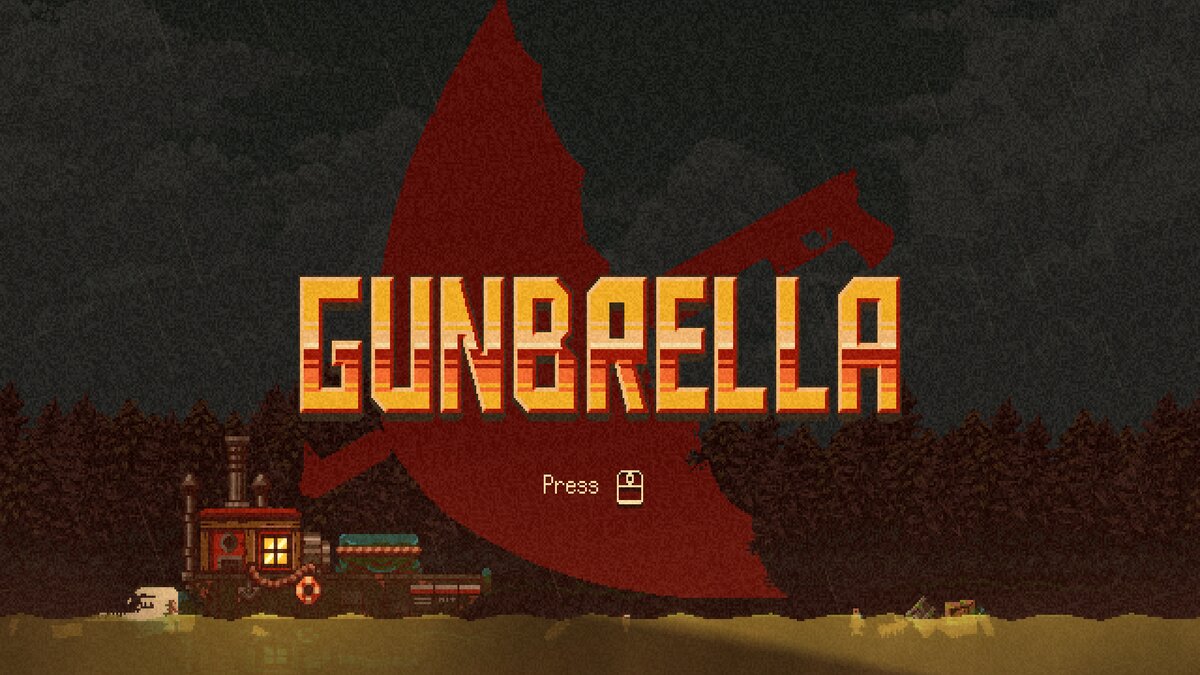
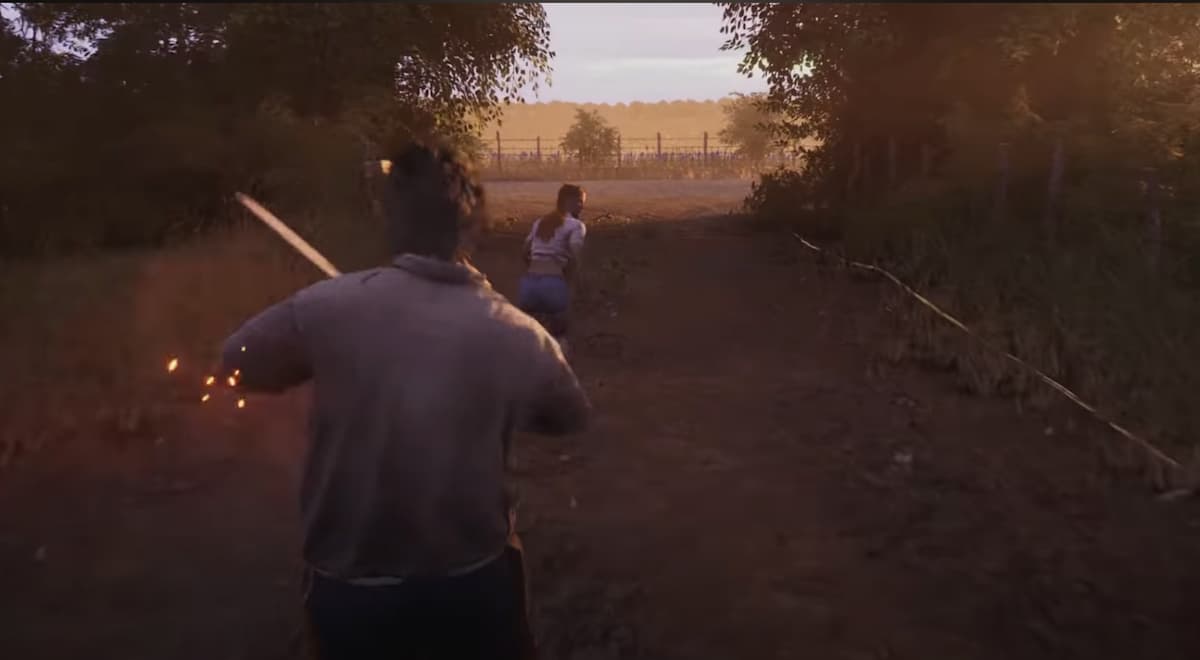
Published: Sep 22, 2022 11:14 am